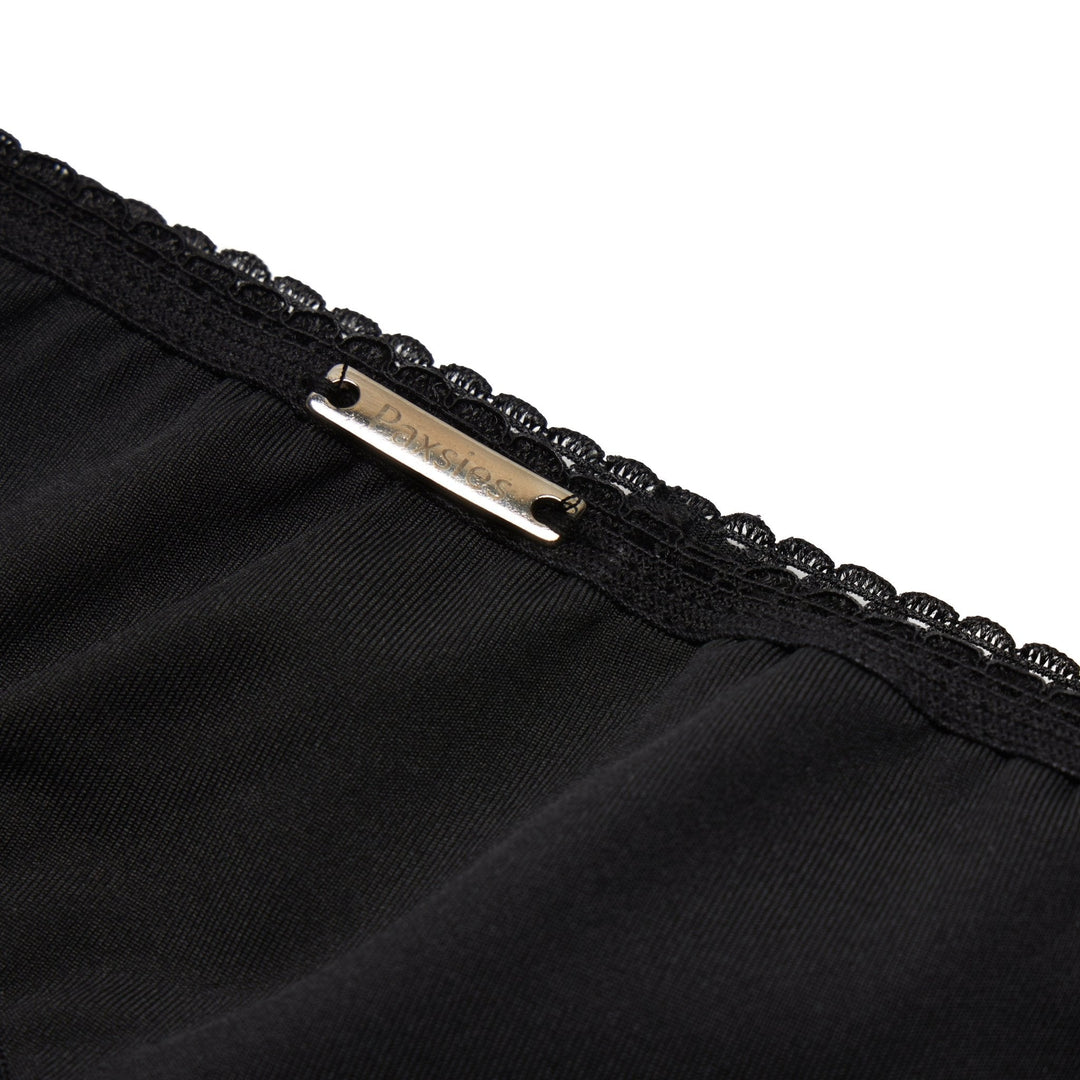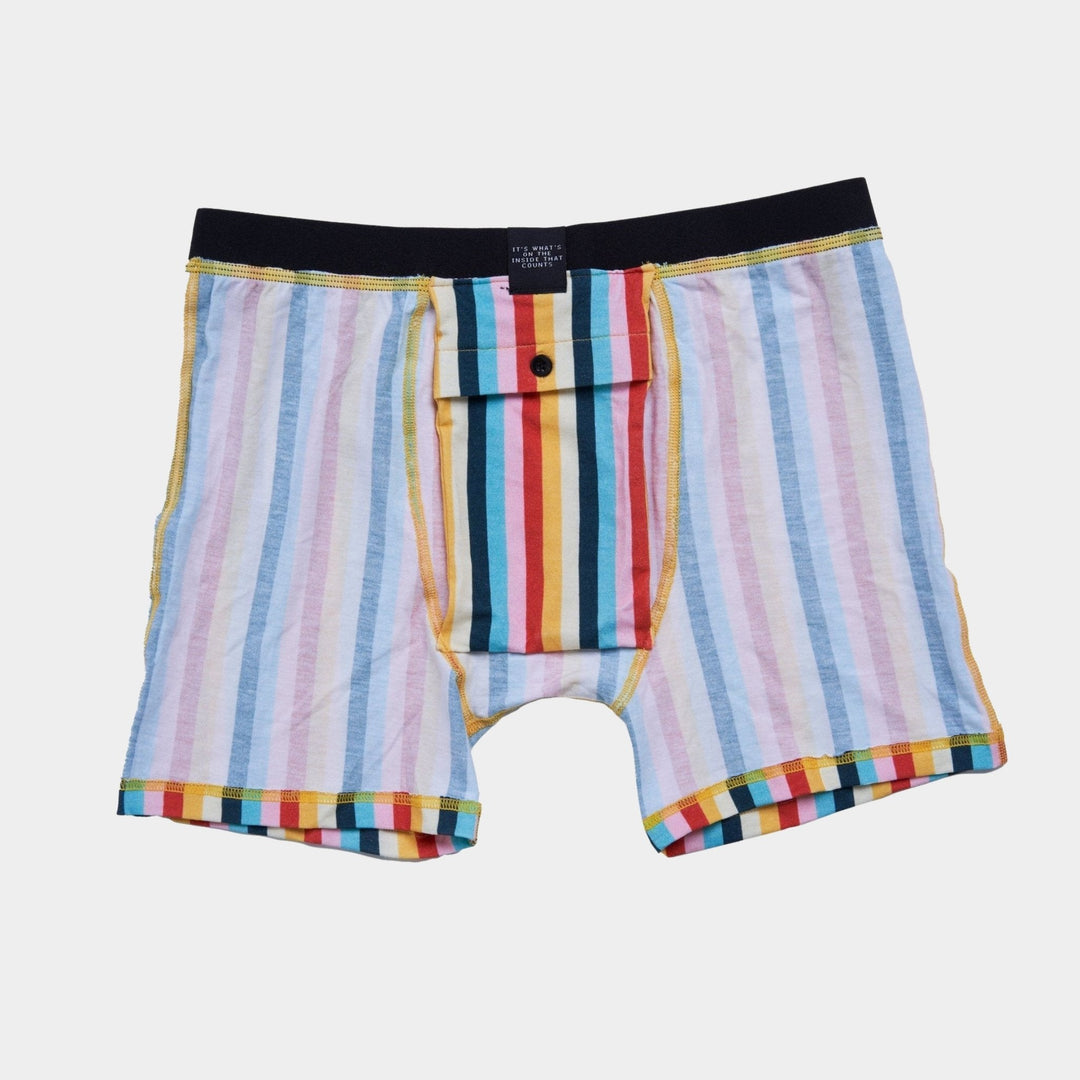How to Use Gender Neutral Pronouns & Neopronouns - An Easy Guide
In the past few years the concept of gender neutral pronouns has become more widely known outside the LGBTQIA+ community, and you may have seen pronouns beyond the simple he and she circulating, especially online. These neopronouns can be confusing at first or seem difficult to use, which is why we’ve put together this guide to explain in simple terms exactly what gender neutral pronouns are, how to use them, and tips for getting to grips with them.
What is a pronoun?
First of all, some quick explanations. A pronoun is a word which refers to something already specified in the conversation without having to name the thing or person again. For example, rather than saying “John visited today. John brought cake with John,” you might say, “John visited today. He brought cake with him.”
In English, our most common pronouns are he/him/his and she/her/hers. These are gendered pronouns as they indicate whether the person being talked about is male or female.
(Note: this is a simplified explanation. There are non-binary people who may use either without being male or female, butch lesbians who use he/him, or drag queens who use she/her when in character, as a few examples but broadly this is how gendered pronouns work.)
What are Neopronouns?
Neopronouns are pronouns that have been invented more recently, and they are usually gender neutral.
What is a gender neutral pronoun?
A gender neutral pronoun is exactly what it sounds like. It’s a pronoun that doesn’t indicate the gender of the person being talked about. Many languages only have gender neutral pronouns in the first place. The most common gender neutral pronouns in English are they/them/theirs. These pronouns are not only used for non-binary people, but also any situation where you want to refer to someone you don’t know the gender of. For example, you may say “Someone has left their umbrella here. If they come back for it, tell them it’s behind the desk.”
‘One,’ is also a gender neutral pronoun you may be familiar with in formal writing. It is like a way of saying ‘an unspecified person.’ For example, in the phrase “It depends on one's attitude,” it is used to say “It depends on the unspecified person in question’s attitude.”
As you can see, gender neutral pronouns are a far more common part of our language than people assume, and you have almost certainly been using them every day without noticing!
When were gender neutral pronouns invented?
The use of ‘they’ for just one person dates back to the 1300s, about a century after the use of ‘they’ for multiple people was borrowed from Old Norse in the 1200s. It can even be found in The Canterbury Tales. To this day, the singular day is used universally among informal English speakers. So the oldest English gender neutral pronouns are hundreds of years old.
There are also regional dialects containing gender neutral pronouns from all over the UK, such as in Yorkshire or the West Country.
Read more about Native English Gender Neutral Pronouns here.
Even neopronouns are older than you might expect. While most started to appear around the 1970s, there were attempts to introduce gender neutral pronouns even back in the 1800s, such as ‘thon’ being introduced by Charles Crozat Converse, which was listed in dictionaries as recently as 1964.
What’s the point of gender neutral pronouns?
Gender neutral pronouns fulfil several needs in the English language. One is the fact many people find the use of ‘he’ as a universal pronoun for all genders is sexist and outdated. A common solution to that is to use he-or-she in its place, which is cumbersome and unpolished. Replacing he-or-she with the single word ‘they’ is much easier to say or read, and quicker too.
The other purpose of gender neutral pronouns is to refer to people who don’t identify as male or female, and/or don’t feel like the standard gendered pronouns of he/him/his and she/her/hers make sense to be applied to them. Gender neutral pronouns allow people to be talked about without making a judgement on whether they are closer to male or female.
What’s the point of neopronouns?
They/them/theirs may be the most common set of gender neutral pronouns in English, but there are still many other sets of neopronouns. The reasons someone may choose to use a set of neopronouns over other options vary a lot between people; it can be as simple as preferring the sound of one lot over another, or having a personal connection of some sort.
Neopronouns List - How to Conjugate Neopronouns
There are many gender neutral pronouns around, but this table is a quick summary of some of them, with he/him and she/her pronouns to compare.
| Pronoun | Subject | Object | Independent Possessive | Dependent Possessive | Reflexive |
| he | he is laughing | I called him | his eyes gleam | that is his | he likes himself |
| she | she is laughing | I called her | her eyes gleam | that is hers | she likes herself |
| it | it is laughing | I called it | its eyes gleam | that is its | it likes itself |
| they | they are laughing | I called them | their eyes gleam | that is theirs |
they like themself |
| thon (Converse, 1884) | thon is laughing | I called thon | thons eyes gleam | that is thons | thon likes thonself |
| e (Rogers, 1890) | e is laughing | I called em | es eyes gleam | that is es | e likes emself |
| xe (Rickter, c. 1973) | xe is laughing | I called xem | xyr eyes gleam | that is xyrs | xe likes xemself |
| ey (Elverson, 1975) | ey is laughing | I called em | eir eyes gleam | that is eirs | ey likes eirself |
| ze/hir (Bornstein, 1998) | ze (zie, sie) is laughing | I called hir | hir eyes gleam | that is hirs | ze (zie, sie) likes hirself |
How do I know which pronouns to use for someone?
Ask them! That’s the only way to know for sure, unless they are wearing a pronoun badge as are growing more popular.
However, it can be uncomfortable for someone to be singled out in a group as the only one who is asked their pronouns. When you meet someone new, it’s a good idea to include your own pronouns when introducing yourself. This sets the expectation that everyone else will also include their pronouns in their introduction and helps normalise the explicit sharing of pronouns.
How can I learn to use gender neutral pronouns?
Good news: it’s not that hard! Once you commit to putting in the small amount of effort to learn, it won’t take long before it’s as natural as any other part of speech for you. Even so, here’s a couple of ideas to help you naturally integrate gender neutral pronouns into your vocabulary.
- With your smartphone keyboard, add ‘he’ and ‘she’ as shortcuts for ‘they’ or whatever other gender neutral pronouns you are likely to use often. When you type the gendered pronouns, you’ll have a little reminder to check if those are really the ones you need right now
- Practice writing out sentences about the people you know using the correct gender neutral pronouns, especially sentences you might say often. Read the sentences out until it feels natural
- If you write often for work, have a post-it note reminder in your workstation to double check your work is using gender neutral language correctly
- Keep track privately of how many times you misgender someone, whether to their face or not. The act of recording this will make it stand out in your mind as something to avoid
- If you are close enough with the person using gender neutral pronouns, discuss with them how they would like you / the group to react to someone using the wrong pronouns. For example, they may want everyone to move on quietly, or would appreciate you interrupting the person to correct them.
Hopefully after reading this guide, you’ll understand that gender neutral pronouns have always been a part of the English language, and they’re not so difficult to understand after all. If you found this article helpful, consider sharing it with friends and family members who might also find it a confusing topic as a way of helping them understand.
Don’t forget to sign up to our newsletter to hear all about what Paxsies will be doing during Pride month, read all our new blog posts, and get a 10% off coupon for all items!







